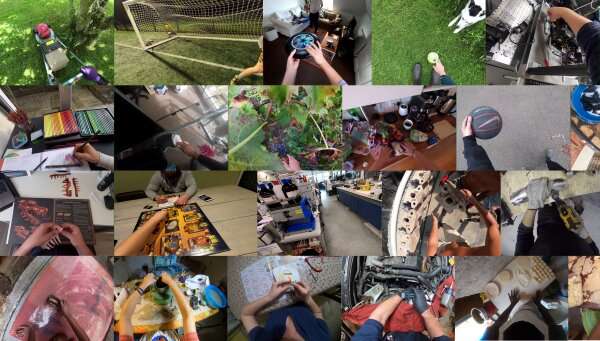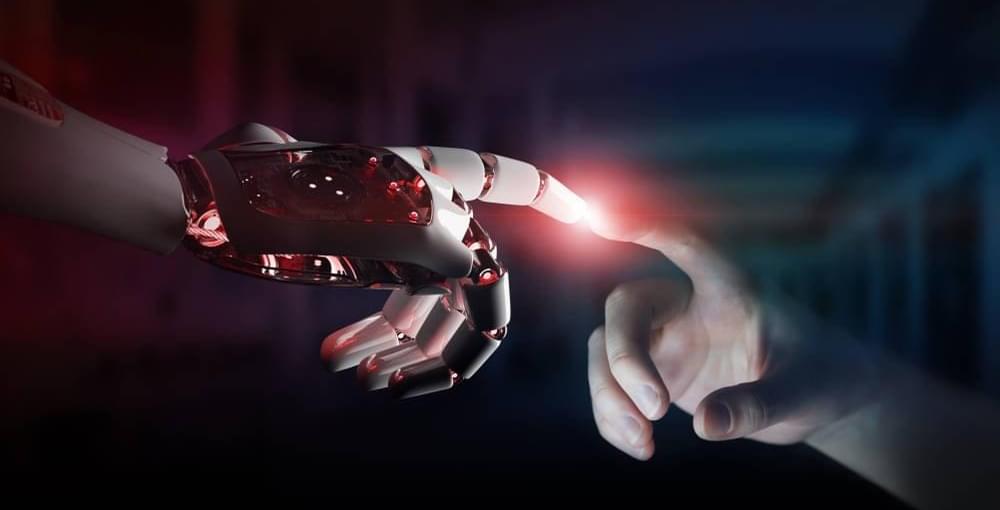Oct 15, 2021
HEALTH EXPERT Reveals The Secret To AGING IN REVERSE | David Sinclair
Posted by Montie Adkins in categories: biotech/medical, life extension
I’m confused. At 34:20 he says he says people in clinical trials had there age reversed 2 years (I assume he is talking about thymus rejuvenation) and it is additive so people who had it 4 times went back 8 years. Ok. AND?! I mean am I missing something here? Is this not what we are after? I’m 50 now, so if I did it 13 times will I be 24 again?
My guest today is a revolutionary thinker and ground-breaking scientist who’s on a mission to make you younger. He’s Australian biologist and Harvard professor David Sinclair, author of Lifespan: Why We Age – And Why We Don’t Have To. David is one of the world’s leading scientific authorities on longevity, ageing and how to slow its effects.
Continue reading “HEALTH EXPERT Reveals The Secret To AGING IN REVERSE | David Sinclair” »


















